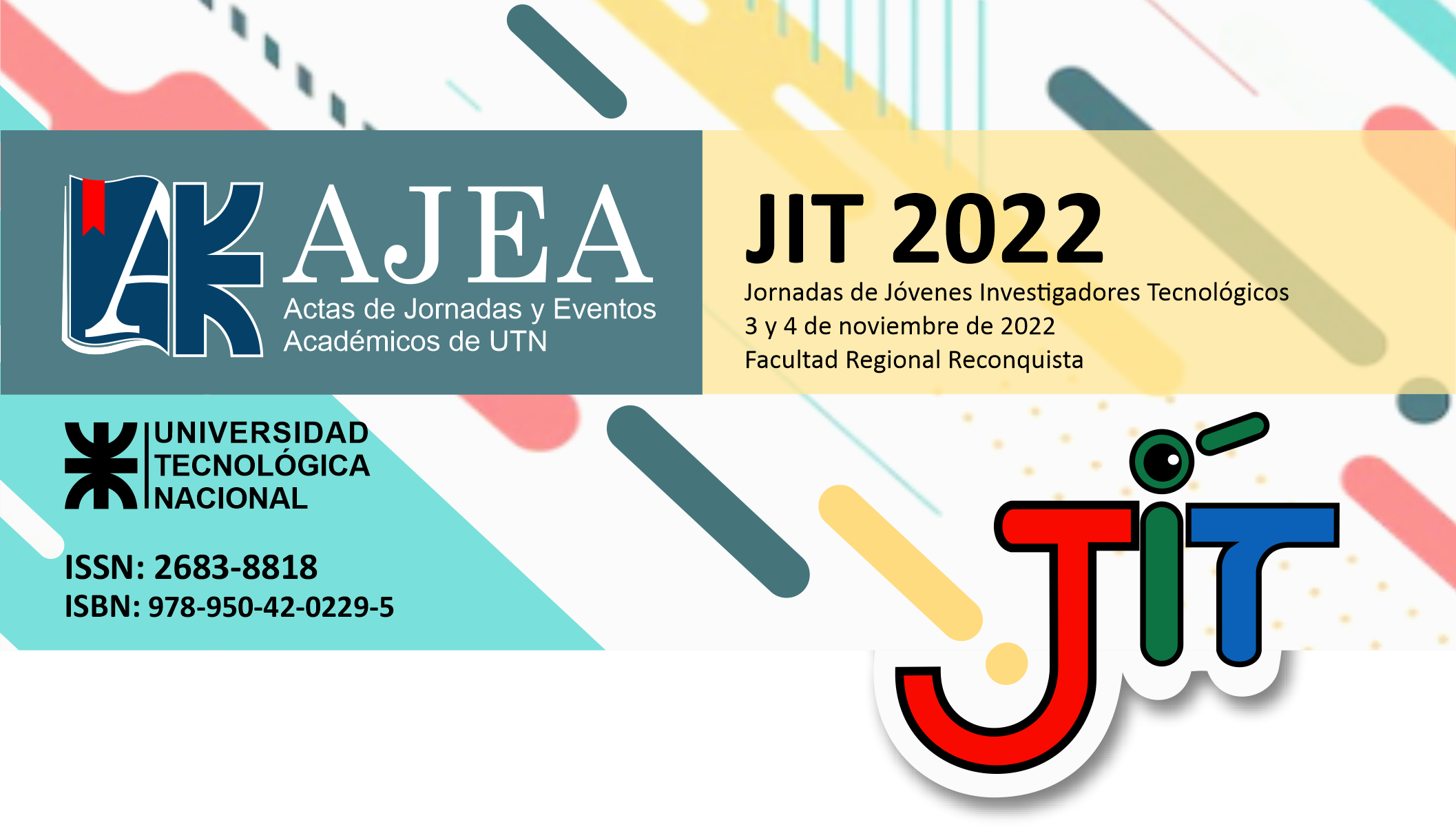Horizontal Subsurface Constructed Wetlands For Landfill Leachate Treatment
Keywords:
landfill, leachates, constructed wetlands, substratesAbstract
A landfill is a final disposal technique for solid waste that minimizes environmental impacts. Its operation generates biogas and leachates due to waste decomposition and landfill leachates must be properly treated. Constructed wetlands use natural processes that remove contaminants from water under controlled conditions to optimize its operation. The aim of this work was to evaluate removal efficiencies of different contaminants for landfill leachate treatment, using horizontal subsurface flow constructed wetlands (HSSF). Sixteen microcosms were disposed in a greenhouse and eight treatments were studied by duplicate. Treatments were evaluated with and without plants, and four substrates (autoclaved aerated celular concrete residue (AACC), light expanded clay aggregates (LECA), pebbles and plastic LECA) were also studied. Physicochemical analysis was carried out before and after the treatment and removal efficiencies for each treatment were calculated. Treatments with plants and using AACC as substrate demonstrated best contaminant removal performances.
Downloads
Downloads
Published
How to Cite
Conference Proceedings Volume
Section
License
Copyright (c) 2023 Lucas Alessiato, Sofía Ruffini

This work is licensed under a Creative Commons Attribution-NonCommercial 4.0 International License.










